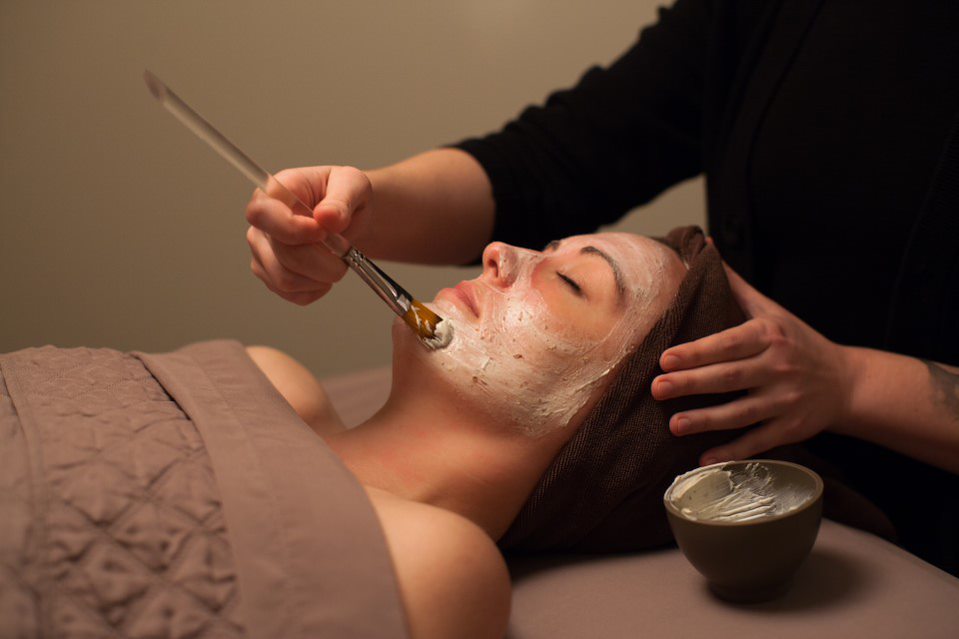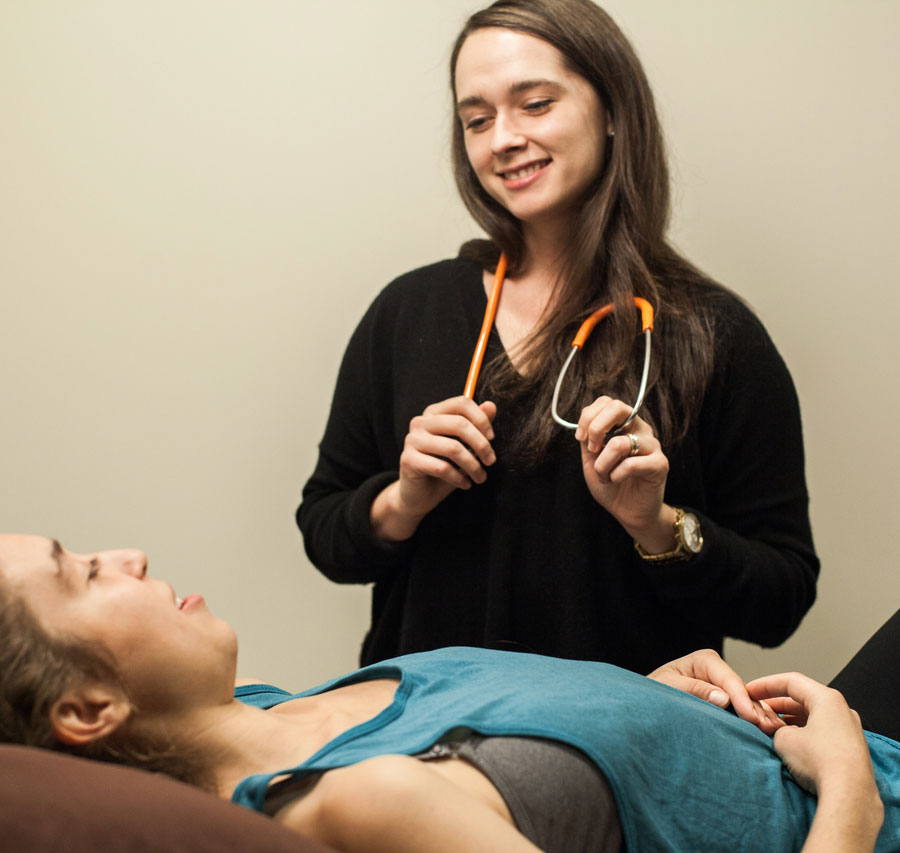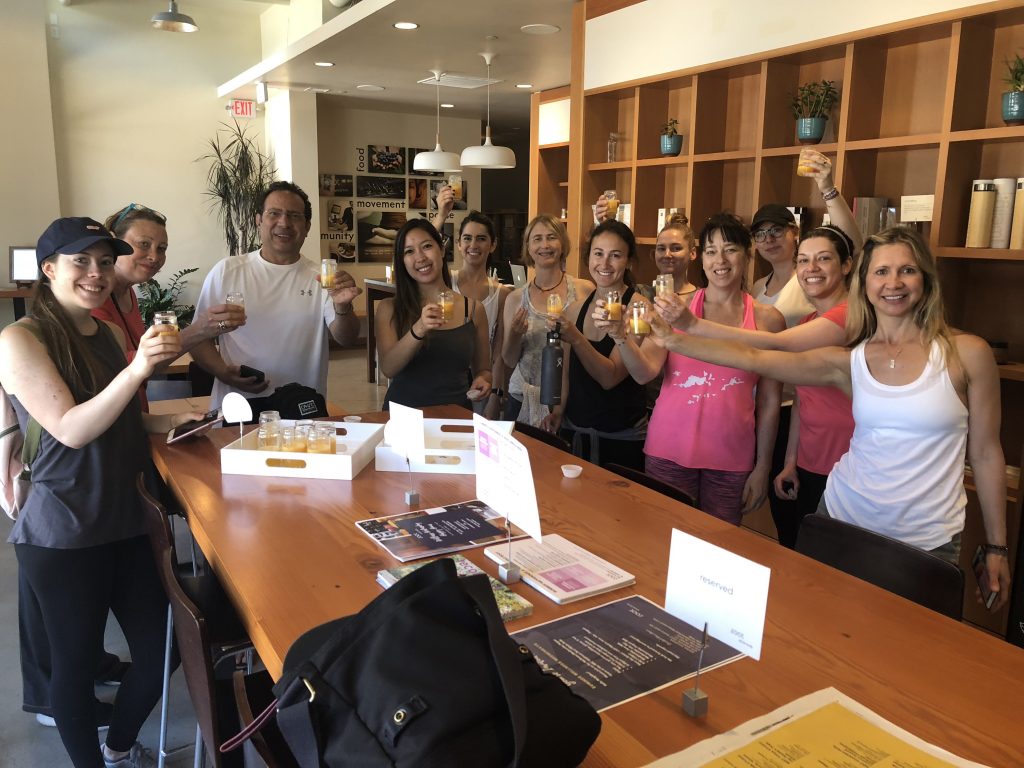
With the approach of fall, Mother Nature begins the transition from the high energy summer season of bright, warm, longer days to a winding down, signaled by falling leaves, shorter, darker days, cooler weather and a general downshift in the cycle of life. This seasonal shift isn’t limited to a change in our natural environment, but also has a profound effect on the rhythm and health of our bodies.
While nature may be winding down, for us, fall typically signals a return to school and work, which means more hectic schedules, exposure to more contagious illnesses and a more frenetic pace of life. For some, fall is when kids go back to school and join extracurricular activities. For others, it may be a time to focus on work. Going back to school or work doesn’t have to be a bummer. It can be an opportunity to implement new, healthy routines, habits and lifestyle changes. Since modern life tends not to be in sync with seasonal living, an awareness of this shift and taking little extra care during this time of year goes a long way toward supporting our overall health. It’s also a great time to hit the reset button, set new goals, and get organized for the upcoming season.
Here are 7 practices to build into your new routine to help shift gears into the autumn season.

1. Stick to regular bedtimes and wake-up times
The “early to bed, early to rise” proverb isn’t just a saying. While it’s clear that how much you sleep is key to optimal health, research also shows that consistency in sleep routines also play a big role. Our bodies follow a circadian rhythm and this relies on consistency, seeking to adapt its rhythm as sunlight becomes less available. The more erratic sleep patterns are, the higher the risk for developing obesity, hypertension, elevated blood sugar, heart disease and more health problems. Conversely, people that go to bed and wake up at roughly the same time everyday fall asleep faster, stay asleep longer and have a better overall quality of sleep, along with better mental performance, improved mood, a decrease in the incidence of diabetes and heart disease, a better immune system and overall better health and longevity.
- Set a bedtime and a wake-time that are reasonable in the context of your life, without varying more than an hour or two, tops, on days off.
- Make gradual adjustments. Try moving your bedtime back by 15-minute increments until you reach your goal and do the same with your wake time.
- If possible, adjust your sleep time during the winter months to maximize your daylight exposure first thing in the morning. This can be a challenge in the winter months when days get shorter and the sun rises later, however, there are “daylight” alarms that may help during the darker months.
- Limit exposure to light at night before bedtime. Avoid computer, tablets, cell phones and TV an hour before bedtime and turn off bright overhead lights as well.
- Eat dinner 2-3 hours before bedtime. While you don’t want to go do bed hungry, it’s also not idea to go to bed right after eating a large meal.

2. Create a new meal plan
The seasons affect us not only in how we react to the outside climate but also by the foods that are naturally available to us. As a general rule of thumb, eat seasonally as much as possible and you can’t go wrong. Mother nature knows what she’s doing. Things are in season at a particular time for a reason. Seasonal foods support our bodies with what they need during each season. With fall comes new seasonal produce at the local farmers market and grocery stores. To find out what’s seasonal produce is available in your area, check out this guide. Design a meal plan that reflects what’s available now.
- Incorporate all the root vegetables of the season, like pumpkin, sweet potatoes, butternut squash, parsnips, turnips, carrots, and beets.
- Seek out cleansing , mineral-rich, greens like collards, arugula, kale, and Brussels sprouts.
- Enjoy the fruits of the season, such as pomegranates, apples, cranberries, pears, and grapes.
- Make sure you are getting adequate protein, either from clean animal sources or complete vegan sources. Soaked, organic almonds and cashers, organic tofu, organic eggs, wild salmon, grass-fed beef and organic, foraging chicken are all good options.

3. Switch to more restorative forms of exercise
An active body is an important element of physical, emotional, and mental health. Dr. Nicole Kilian, ND, LaC shares, “Fall is a great time of year to transition from more ‘yang’ activities (running, biking) to more restorative, ‘yin’ activities like yoga, taichi, and qigong. Even when the weather is bad, it is important to still be active outside, just bundle up. It’s also the perfect time to treat any lingering injuries and rest from summer adventures. Remember to check with your health care provider before starting a new exercise program, especially if you have chronic health problems such as heart disease, diabetes, or arthritis, or if it’s been some time since you have exercised regularly.

4. Recalibrate your skincare
A change in season means a change in the way your skin feels and behaves. As the weather cools and indoor heaters go on, skin tends to become dry, needing more moisture (oil) and hydration (water). Fall is also the perfect time to address damage from exposure to summer elements, including UV, wind and water and to prepare the skin for the winter ahead.
- Get expert guidance on new products for your skin for the dry months ahead, such as a facial oil, a heavier moisturizer, and exfoliants to combat dry, dull skin and reverse the damage from summer sun exposure.
- Consider regular facials, such as an organic or medi-facial, to help address summer damage and set the stage up for healthy, glowing skin in the coming months. The more you love your skin, the more it will show.
- Drink water, ideally mineral water to help with retention
- Add healthy oils and fatty acids to your diet, such as fish oil, avocado, and olive oil.
- Consider adding collagen powder to your morning coffee, tea or warm cereal.

5. Get professional guidance to plan ahead for optimal health
Natural medicine practitioners can help to assess your whole body health, creating a functional, comprehensive plan to support optimal health and wellness. Fall is the time to come up with a plan for the season, whether it’s an immune protocol for the family or coming up with a plan to help address and treat Seasonal Affective Disorder. A practitioner can help you meet your goals.
- Naturopathic doctors are trained to be expert listeners, to ask questions and to consider the whole body, with a focus on prevention and wellness.
- Acupuncture encourages optimal energy flow to ease pain, calm nausea, improve sleep and digestive function, reduce inflammation, relieve stress and promote healing and natural balance.
- Chiropractic care with a focus on manual therapy and functional movement improves overall mobility and reduces pain.
Not sure where to start with natural medicine? You can book a complimentary 30-minute consultation with one of our Naturopathic Doctors to assess your needs and build a plan together.

6. Nurture social connections
Research has shown that showed that “the lack of social connection is a greater detriment to health than obesity, smoking, and high blood pressure.” Conversely, strong social connection has myriad positive health benefits, including:
- Increases longevity by up to 50%
- Strengthens your immune system
- Helps you recover from disease faster
- Reduces levels of anxiety and depression
In other words, having strong social connections reaps huge benefits in emotional and physical well-being. It can be as simple as sharing a healthy meal, meeting for tea, taking a walk, or attending a yoga class or community event with friends or family. Engage with the people in your life. If you don’t have a community, explore options for meeting like-minded people at community centers, a local church, on meet-up, or at a local wellness center.

7. Check your stress with ‘pause’.
Make time to pause. Modern life has us well-trained us to focus on constantly being busy – doing, going, accomplishing, and acquiring. Unless we prioritize taking time to pause, we can quickly find ourselves overloaded, exhausted and burned out. Today, watching TV, running errands, or catching up on social media is often how people spend their downtime, but this does little to create a true break from the frenzied pace of life. A change in seasons is the perfect time to invite some stillness in your daily life.
Downtime should mean intentionally pausing to leave strenuous mental work behind to allow the mind and body to simply be. This time to pause allows you to rest and reboot, which in turn will better equip you with energy and focus to be effective at work or whatever challenges life presents.
- Curl up on the couch with a mug of tea and a good book.
- Sit by the fireplace and gaze into the flames.
- Book a therapeutic massage or organic facial as part of your self-care routine.
- Journal for gratitude + calm, recording experiences, feelings and intentions.
- Meditate, pray or practice some type of mindfulness. It can be casual – taking time to take stock of how you feel, and breathe deeply. There are some great apps to walk you through simple meditations for different intentions, from stress to concentration.
- Pay attention to your screen time, including how much time you spend watching TV, on your computer, or on your cell phone or tablet.
- Increasing sleep can be help as we transition to more darkness. The body naturally wants to adapt its rhythm as sunlight becomes less available. Pay attention to the sun’s habits and adjust your schedule. Be careful of excessive light especially before bed. Make sure and get outside when it is light out. Both light exposure and restriction can help establish healthy rhythms.
A smooth transition from summer to fall comes down to identifying your priorities, how you want to spend your time and adopting healthy new habits. Focus on balance in this time of transition and in the adoption of your new routine to set yourself up for success as you move into the beautiful fall season with grace.


